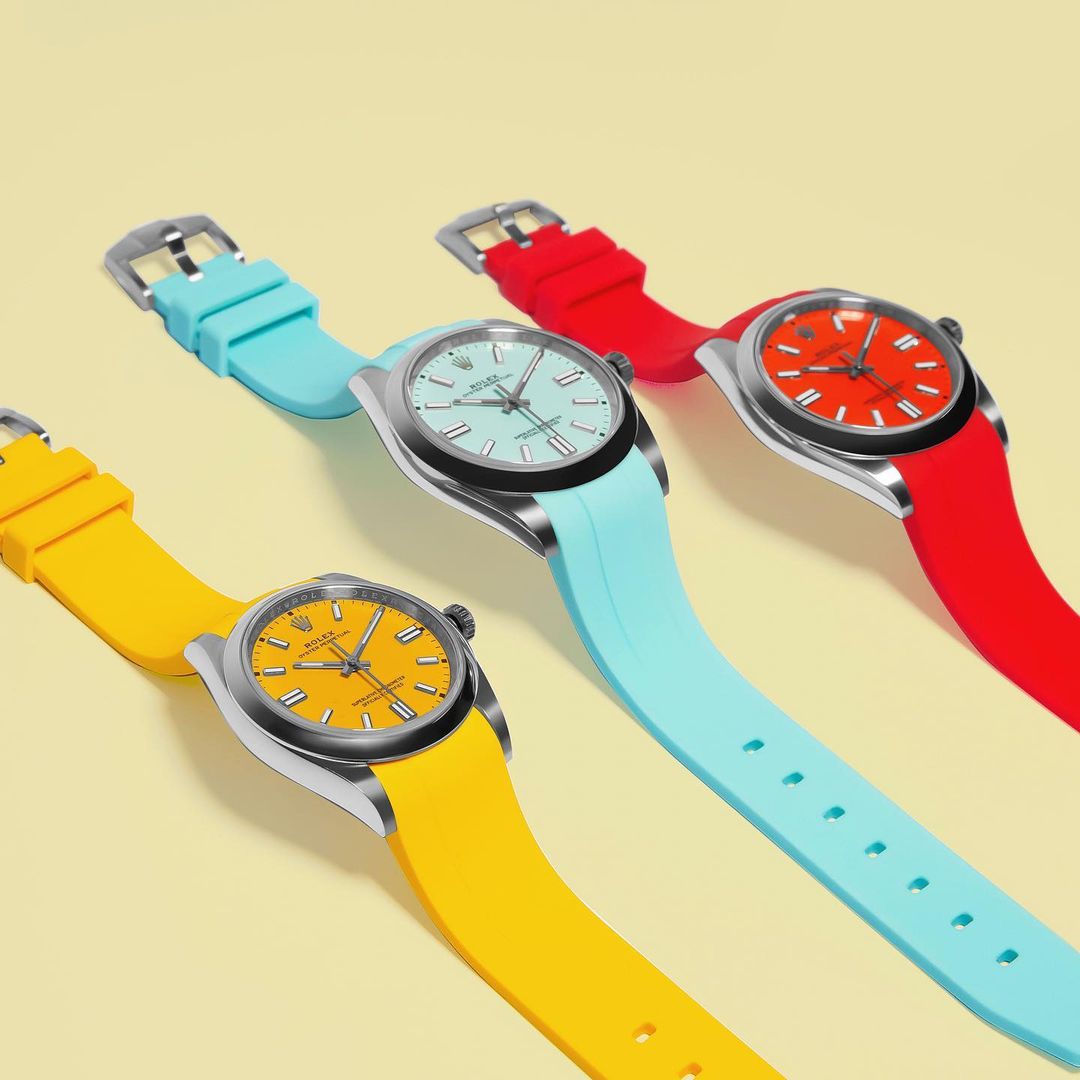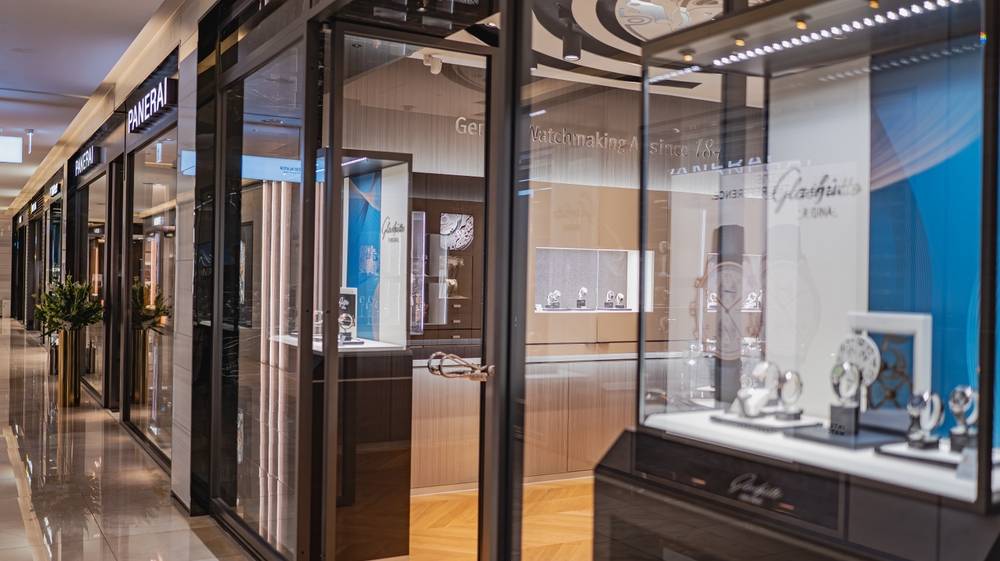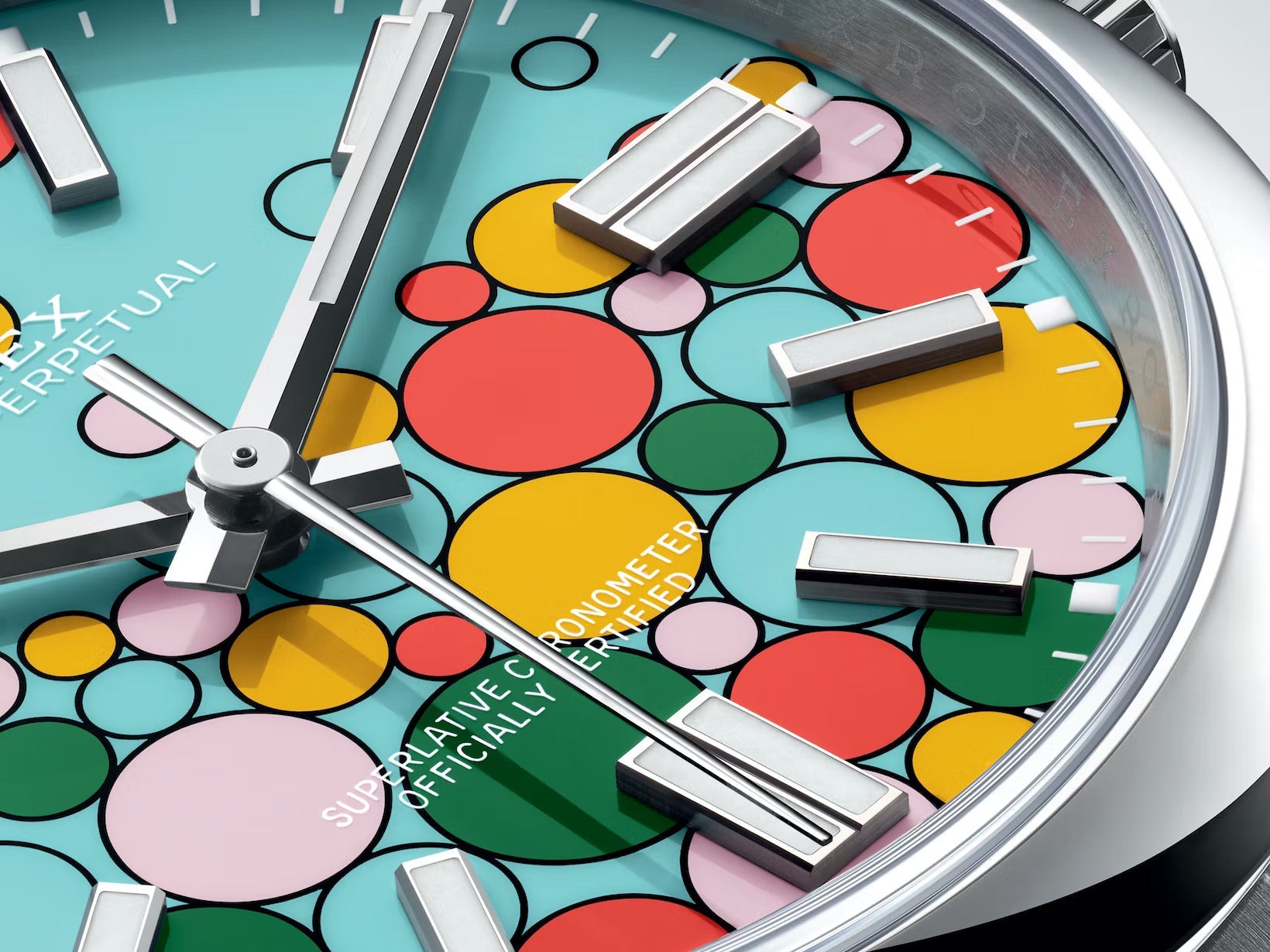February 22
Why a luxury watch retains value

Across so many industries and hobbies, there lies the idea amongst enthusiasts that the best of the class can often retain value and perhaps even appreciate from time to time.
If we take car collecting, for example, enthusiasts understand that vintage cars like Ford Mustangs will appreciate in value year on year and that modern cars like limited edition Ferraris, Porsches, and so on can often sell for multiples of their sticker price straight out of the dealership – quite an uncommon thing for the majority of cars. Even leather handbags can be investment-grade assets, with the Hermes Kelly and Birkin well-established as two handbags that can sell for north of $100,000.

Within industries like art collecting, furniture collecting, sports, and playing card collecting, like Pokemon, and even niche industries like cooking and glassware, there are particular brands of knives, glass cups, and pottery that can all fetch a premium for one reason or another.
So while all of these industries do share the commonality that the products within them can appreciate, few, if any, have the prevalence across modern society like luxury watches. Walk down any high street, and you will probably find a jeweler selling luxury watches, and one of their primary sales pitches will be that the watch could be an investment and that it should retain a lot of its value, but why is this? How can luxury watches retain their value so well? Let's examine.
Not all are born equal.

The first thing that we should clarify is that not all luxury watches can, or ever will appreciate in value, even if they are from a particular brand, are a particular style or feature particular traits such as a precious metal construction. At the end of the day, not all watches are born equal, and as such, there can be vast discrepancies between how much one watch can appreciate versus another watch from the same brand. For example, the Rolex Cellini is a poor investment-grade watch even though it is made of gold, yet the Rolex Submariner is perhaps one of the world's best-known investment-grade watches, and it is made of steel. So, while one Rolex, Patek Philippe, or Audemars Piguet can appreciate thousands in a month, not all of them can; much in the same way that not every watch in your high street jeweler's display cabinet will make you much money – if any at all.
Fashion, trends and human nature
One of the leading causes for anything gaining value is its status within society. Whether it is caused by fashion or trends, which are often different sides of the same coin; like when specific colors, materials, or sizes are in vogue – watches often gain value on the back of the public wanting a watch with a particular trait that is favorably looked upon by others in society. This is simply human nature. Often we want to be part of an exclusive community, and watches can speak to that desire.

We are even seeing it today in watch collecting as particular models became incredibly sought-after to the point where they were selling for multiples of their retail price. Soon after, watches with similar designs became desirable as demand bled from one watch into the next. This is particularly vivid with stainless steel integrated watches like the Patek Philippe Nautilus and the Audemars Piguet Royal Oak.

They are both incredibly popular watches and led a shift in the mainstream watch collecting community that impacted brands with similar styles, like the Girard Perregaux Laureato, Lange & Söhne Odysseus, and so on. In addition, fashion trends often lead people to desire a particular style, so watches that fit within that style can experience surges in demand and see their market value rise.
Craftsmanship is appreciated

Beyond just the simple reason of fashion, luxury watches often appreciate in value since craftsmanship will always be in demand as a form of currency when a collector is considering a watch. Fashion watches and lower-end timepieces will always be around, but in terms of their value, we always see them depreciate rapidly as watch collectors often want their watches to be the best of the best.
This, in part, explains why brands like Audemars Piguet, Patek Philippe, Rolex, Richard Mille, and F.P. Journe have all been favored by collectors during their lifetimes. Their craftsmanship is second to none, and collectors can recognize that throughout the years and will continue to purchase watches from these brands years down the line as high-end luxury craftsmanship does not fall out of favor.
Low Supply and High Demand

Perhaps the most simple reason luxury timepieces appreciate in value is that the demand simply outpaces supply, and so, the price has to follow in a northerly direction. This is by far the most substantial and appreciable reason for the watch market's current level of price inflation, as it creates a positive feedback loop. Higher market values mean the difference between the retail price and the market price is larger, which sends more people to retailers, or Authorized Dealers as they are known, to try and buy the watch. We can see this with just about every stainless steel sports model Rolex, with the Daytona, GMT-Master II, and Oyster Perpetual ruling the roost at the minute.
Brands make it so

Finally, the last reason luxury watches increase in value at the rate they do is because brands typically raise their prices year on year. In the last two years, Rolex has raised the prices of some of their watches by over 15-20%, like the GMT-Master II, and the same can be said for brands like Patek Philippe. As a timepiece's retail price increases, people selling their watches will have to recoup these costs from watch dealers. Watch dealers will then have to recoup and collect a profit on this increase, thus increasing the cost of watches on the secondary market and inflating their value.
February 22
All postsFeatured Posts

December 14
What to Buy as a Christmas Gift This Year (For Watch Collectors)

November 13
Cartier Santos 100 XL: The Path to New Heights

March 27